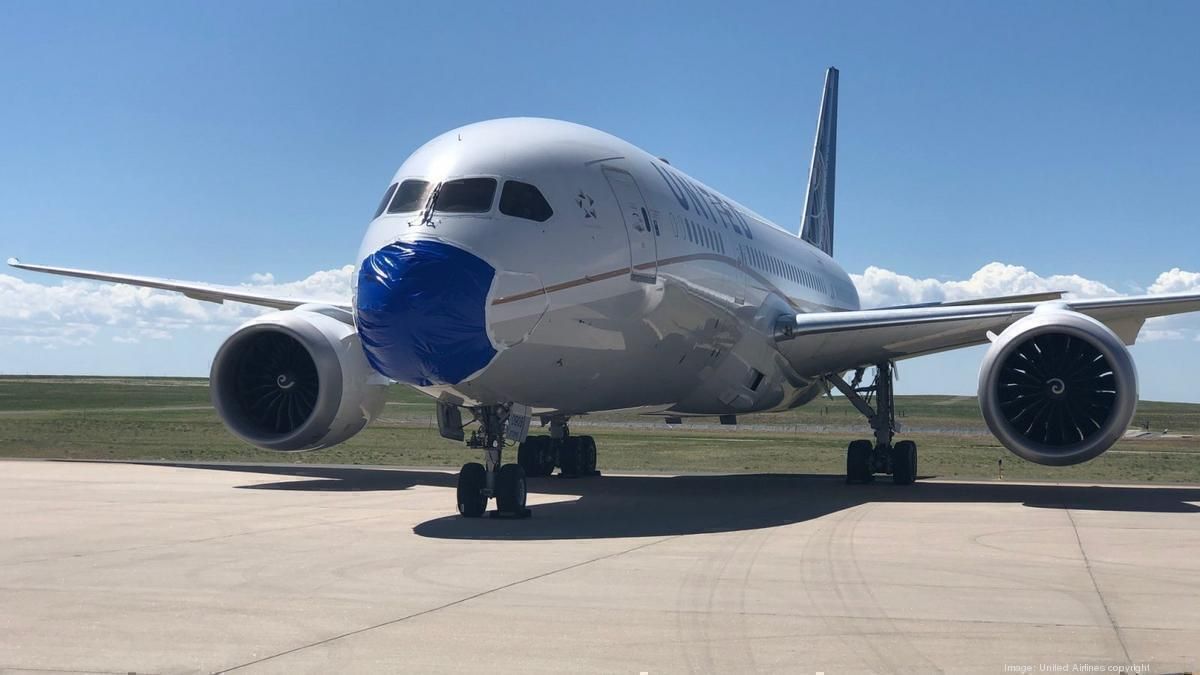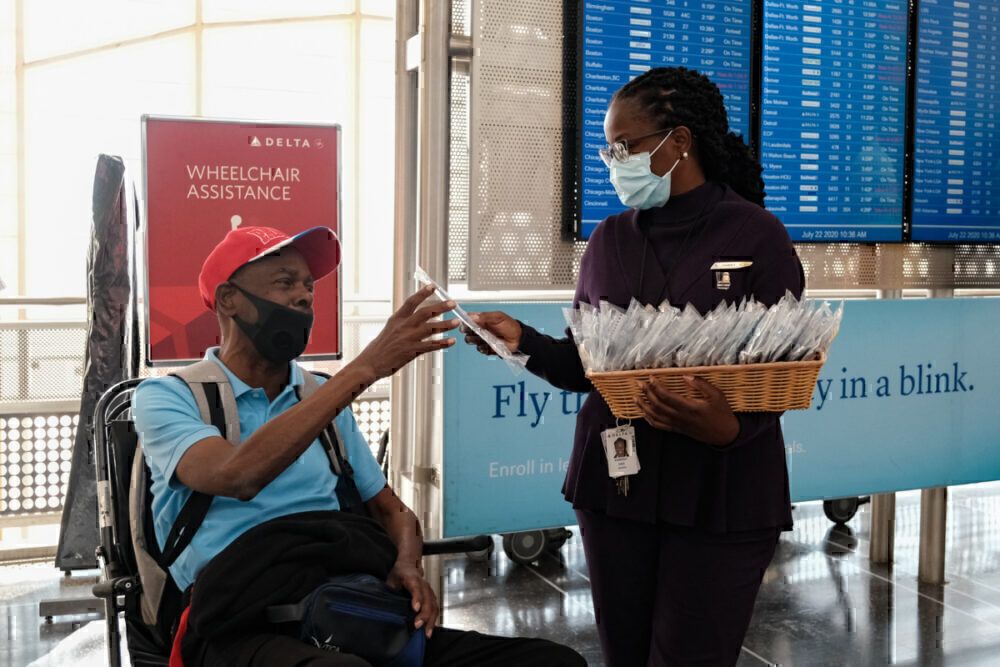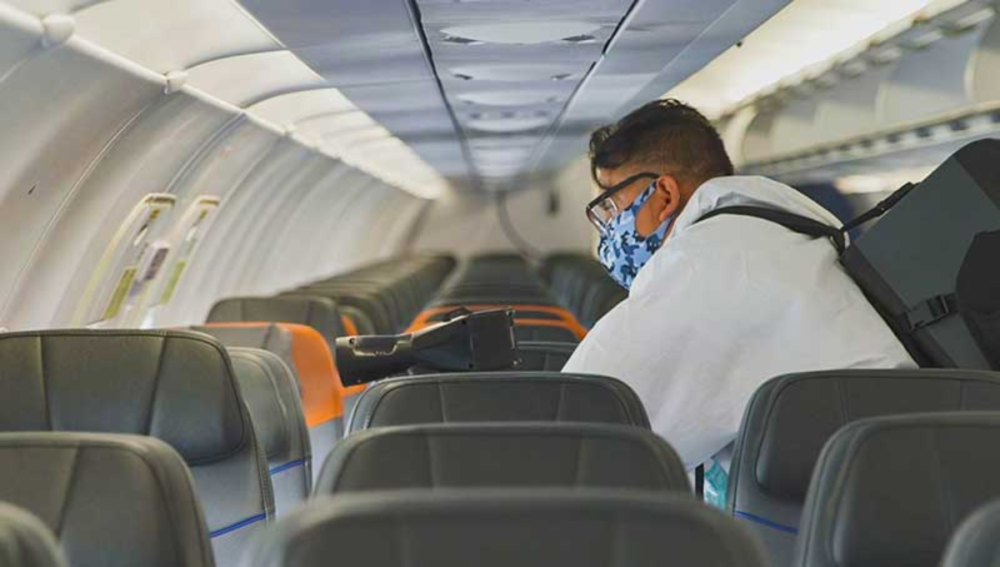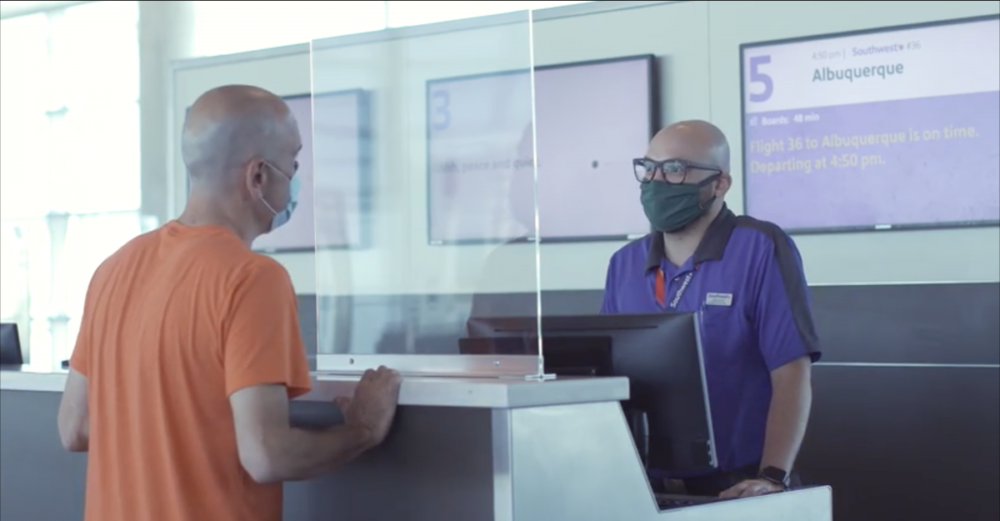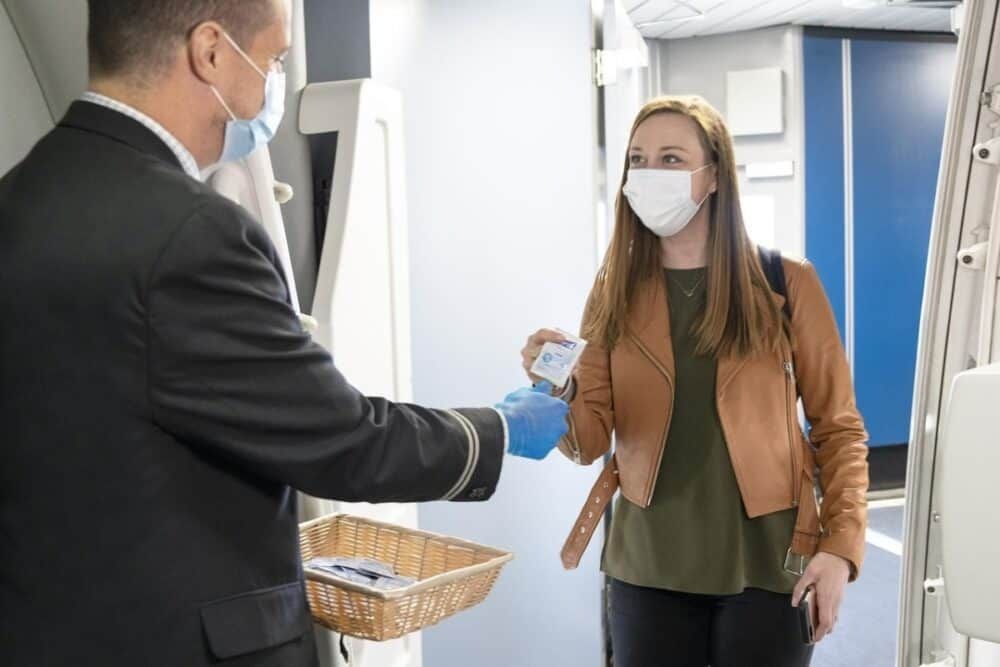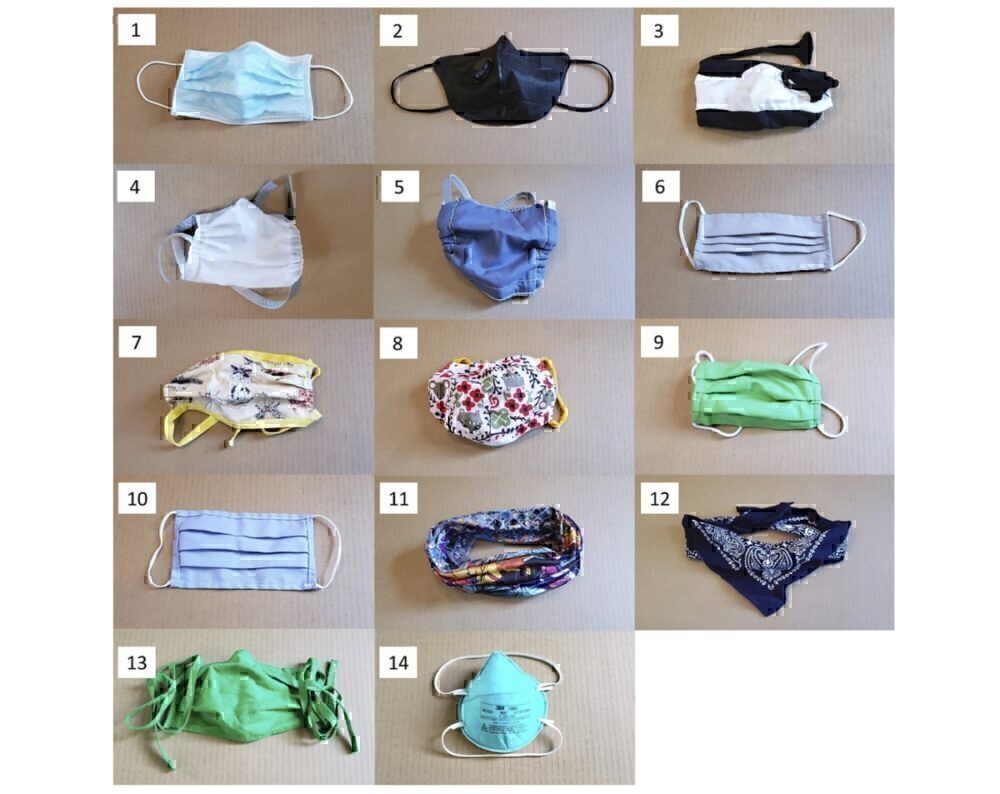As the aviation industry takes its first tentative steps out of the COVID crisis, increasing numbers of airlines and airports are mandating the use of face coverings. But with no blanket enforcement across the US, it's not always clear what's required by each carrier. Indeed, even the type of mask itself can become something of an issue. Here, we take a look at what is required from some of the biggest carriers in the US, and which masks will actually keep you safe.
Airline mask policies in the US
We've reviewed mask requirements from some of the biggest US carriers to better understand what is needed when you want to fly. Here's what we found.
Stay informed: Sign up for our daily aviation news digest.
Alaska Airlines
Alaska requires masks to be worn by all passengers of two years old or over. The airline does not accept medical exemptions, instead saying that those who cannot wear a mask should not fly.
In terms of the type of mask, Alaska has decided to prohibit masks with exhaust valves as well as any covering that doesn't completely cover both nose and mouth. It is not allowing face shields as a substitute for masks.
American Airlines
Similar to Alaska, American Airlines requires all passengers of two years old or more to wear face coverings. It is not accepting any medical exemptions from this rule.
However, no type of face covering is prohibited by this airline. A face shield must also have a mask underneath, but other than that, anything that covers the nose and mouth, including scarves and bandanas, are acceptable.
Delta Air Lines
Delta has some of the more lenient policies when it comes to mask-wearing. Again, passengers of two years old or more must wear a mask, but the airline will make allowances for young children who can't cope and unaccompanied minors flying with them.
In terms of medical exemption, there is a way passengers who struggle to wear masks can avoid it. This includes going through a medical consultation on the phone at the airport, something that takes up to an hour before the flight. This means passengers wishing to be cleared to fly without a mask should arrive in plenty of time so that this can be dealt with.
Like Alaska, Delta will not allow masks with exhaust valves on the front. Although medical exemption is, in theory, possible, the airline does stress that passengers who can't wear masks should reconsider flying at the present time.
Frontier
In line with other airlines, Frontier is mandating masks for everyone aged two or above. No medical exemptions are possible. However, Frontier has some more stringent requirements for the type of mask employed.
Its website states that open chin triangle bandanas, face coverings with valves, and any covering with a vent or mesh are prohibited from its flights. It recommends that face coverings fit snugly over the mouth and nose and that they are secured under the chin.
JetBlue
JetBlue was one of the first airlines to implement a mask-wearing policy and is one of the few maintaining social distancing onboard. Their mask requirement similarly affects all travelers of two or older.
Like Delta and others, it is prohibiting masks with vents or exhaust valves and is not allowing any sort of exemption from wearing the face-covering. The airline has said that it will provide masks to customers whose PPE does not appear to be adequate.
Southwest Airlines
Another airline that is blocking the middle seat for longer is Southwest. Again, everyone over the age of two needs to wear a covering, and no medical exemptions are permitted. According to the airline's website,
“…a well-secured cloth or mask that fits snugly against the face, covers an individual’s nose and mouth, and is secured under the chin will be accepted.”
It further says that those with any holes in the covering, including exhaust valves will not be permitted, neither will those with no securing under the chin. This includes things like bandanas and face shields. It does say that multi-bands (neck gaiters) can be used as long as they are snug under the chin.
Spirit Airlines
Spirit requires face coverings for everyone except children under two. Guests who are unable to wear face coverings, even for medical reasons, are not permitted to fly at this time. The airline has been quite specific about the type of face covering it requires, saying,
“All face coverings must fit snugly cover the nose and mouth and be secure under the chin and have at least two layers of fabric (e.g. disposable non-medical face mask, multi-layered cloth face covering).”
In line with other carriers, masks with valves, mesh, or with an open chin are not considered appropriate.
United Airlines
All travelers flying with United are required to wear a face covering, apart from children younger than two years old. No exemptions are allowed.
Face coverings must cover the nose and mouth and are not allowed to have any openings or vents. Travelers with unacceptable face coverings will be provided one by United service agents.
Which mask should you choose?
With a proliferation of masks of all shapes and sizes available to buy, it can be tricky to know which is the right one. The airlines have gone some way to helping with this decision, but there is still some discrepancy. For example, Spirit specifically says 'non-medical' face masks, whereas over in Europe, France has mandated only medical masks should be worn.
To help us pick wisely, researchers at Duke University in North Carolina have tested a variety of face coverings to see which ones provided the best protection. By comparing the dispersal of droplets from a participant's breath while wearing the face-covering, the researchers uncovered some interesting information.
In fact, in the study, the least effective face covering, which turned out to be a neck fleece, actually served to increase the risk of infection. It had a droplet transmission fraction of 110% - 10% more than someone wearing no face mask at all!
The 14 masks tested were ranked from best to worst, with the number in brackets corresponding to the picture number in the above photo:
- N95 mask, no exhalation valve, fitted (14)
- Surgical mask(1)
- Cotton-polypropylene-cotton mask (5)
- Two-layer polypropylene apron mask (4)
- Two-layer cotton, pleated style mask (13)
- Two-layer cotton, pleated style mask (7)
- N95 mask with exhalation valve (2)
- Two-layer cotton, Olston style mask (8)
- One-layer Maxima AT mask (6)
- One-layer cotton, pleated style mask (10)
- Two-layer cotton, pleated style mask (9)
- Knitted mask (3)
- Bandana (12)
- Gaiter type neck fleece (11)
What's your preferred mask type? Have you found any to be more comfortable than another? Let us know in the comments.

